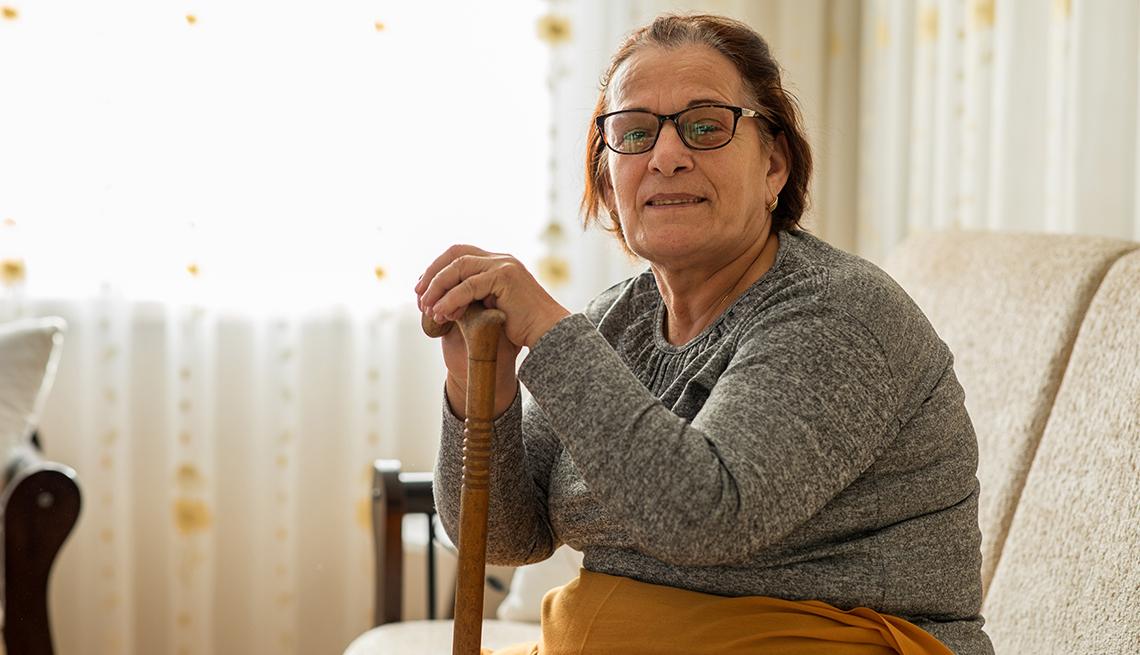Adults who need long-term services and supports (LTSS)—that is, assistance with everyday activities such as bathing and preparing meals—often have complex medical care needs. At the same time, they may face significant barriers to obtaining needed, timely medical care, putting at risk their health and well-being.
This Spotlight report highlights a combined federal and state program designed to help overcome these barriers by integrating medical care and LTSS for people with significant LTSS needs. The Program of All-Inclusive Care for the Elderly (PACE) has demonstrated success in improving the health and well-being of participants as well as enhancing their ability to continue living at home as they age. It also has resulted in high satisfaction among family caregivers.
Yet despite its success, only about 70,000 individuals are enrolled in about 300 PACE centers across 32 states plus the District of Columbia, as of August 2023. As states look to increase access to home and community-based options for people with LTSS needs, PACE offers an evidence-based model with potential for expansion to and within more states and communities nationwide.
This report discusses key aspects of the program:
What PACE is and how it works
Individuals enrolled in PACE receive integrated care from an interdisciplinary team of health care and social services professionals. Participants have access to a comprehensive range of services, including adult day care, medical care, physical and occupational therapy, dental care, nutrition counseling, prescription medications, and LTSS. PACE enrollees receive many of these services at a PACE center in their community.
Who uses PACE
To enroll in PACE, individuals must be age 55 or older, certified by their state to need a nursing-home level of care, reside in the service area of a PACE organization, and be able to live safely at home with PACE support. Nationwide, most PACE participants (87 percent) are dually enrolled in Medicare and full Medicaid. About 13 percent are enrolled in full Medicaid but not in Medicare. Fewer than 1 percent have Medicare without Medicaid or neither Medicare nor Medicaid coverage. Most PACE participants are age 65 or older (91 percent) and have chronic health conditions; nearly half of PACE participants (46 percent) have dementia.
How PACE is financed
For PACE participants dually enrolled in Medicare and Medicaid (with full Medicaid benefits), each program pays a monthly per-person amount to the participant’s specific PACE program. Similarly, for people with Medicaid coverage without Medicare, Medicaid pays the PACE program. Other eligible individuals can enroll in a PACE program by paying a monthly per-person fee—but few people choose this option.
Evidence of success
Studies show PACE participants have lower rates of hospital stays and readmissions, increased care quality, improved quality of life, and lower mortality rates, when compared with similar individuals not enrolled in PACE. And family caregivers of participants report high satisfaction rates and lower caregiver burden because of PACE.
Research suggests PACE yields overall savings for Medicaid (such as by reducing nursing home spending) while keeping Medicare spending similar to expected spending without PACE
Challenges and opportunities to scale and enhance PACE
Currently, one-third of states have no PACE programs, and among states that do, there are a relatively small number of centers. Other barriers limit participation, such as affordability for individuals without Medicaid coverage. The report reviews a range of efforts by federal programs, states, and provider organizations could expand the availability of PACE and its reach in supporting individuals and their families, by:
- Expanding availability of PACE centers
- Addressing workforce shortages
- Making PACE affordable for more people
- Ensuring equitable access
- Leveraging technology to enhance PACE.


